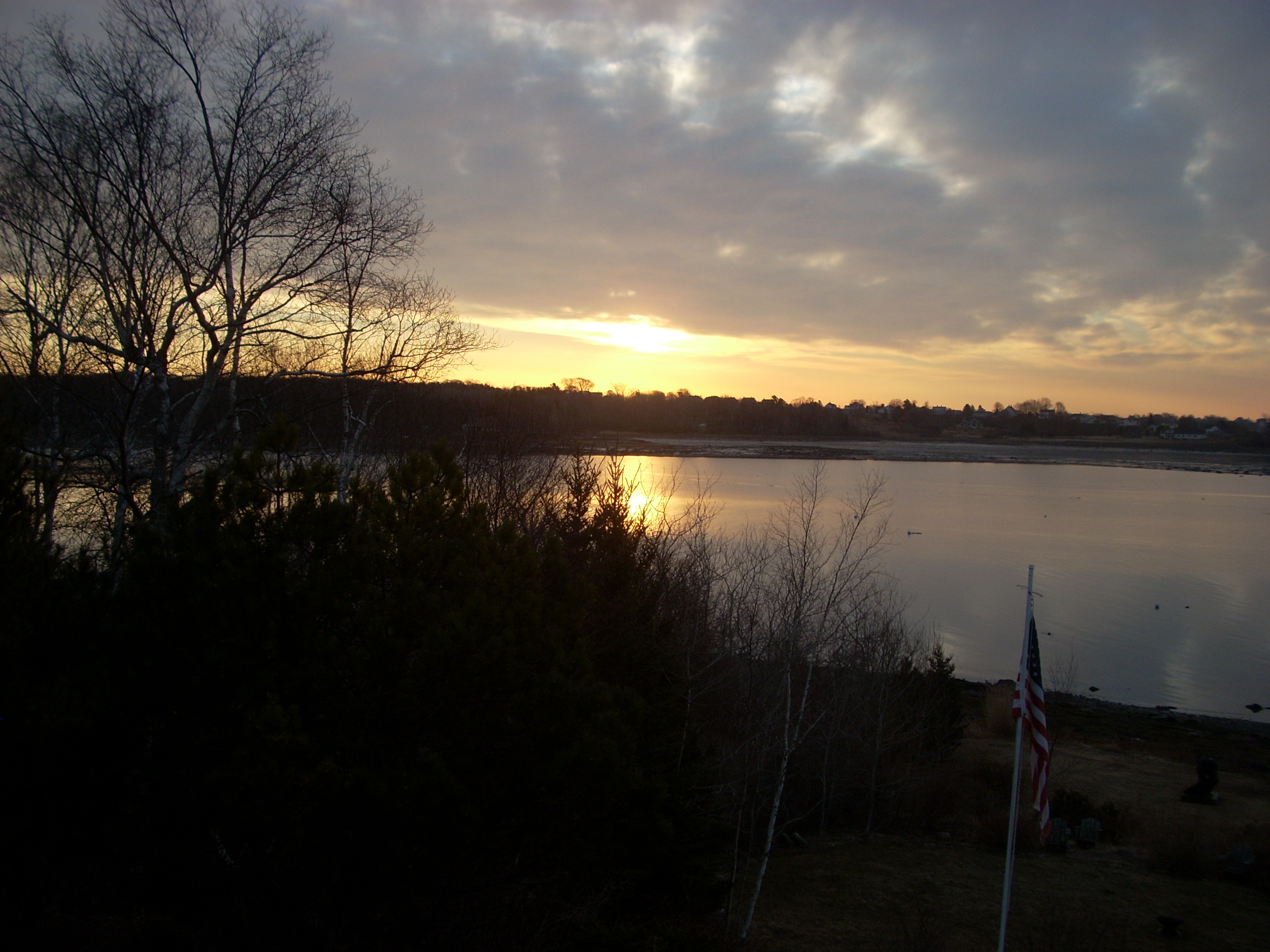
What does all of this have to do with pathways to sleep? The primary lesson to be taken from our knowledge about circadian variability is that there is no one pathway that works best for everyone. I have identified multiple pathways in this project because we vary in our cycles and in our proclivity to remain awake and active at various times of the day.
I will be introducing many different strategies—including the value for some people of taking a nap during the day, as well as strategies related to living with (and wanting to sleep with) someone who has a different circadian clock from the one that is guiding our own life (can there ever be love among night owls and morning birds – stay tuned . . . )
How Does Sleep Get Generated?
Having briefly described the way in which sleep and wakefulness dance with one another, let’s turn to the tune that determines the nature of this dance. In essence, there are three key ingredients that determine when we fall asleep and how long we remain asleep. The first of these three mechanism was just identified: the circadian clock. We fall asleep when our clock chimes a certain hour. For most of us, this hour is somewhere between 8pm (we older folks) and midnight (the younger folks). Two other ingredients that are chemical in nature also determine the tune. These two ingredients are melatonin and adenosine.
Most of us have heard of the first ingredient and might even take a pill every night that is a synthetic of this chemical. While there is some controversy regarding the effectiveness of a melatonin pill, there is no doubt that the melatonin we naturally product in our body is critical to moving from the state of wakefulness to the state of sleep. What occurs each evening is a gradual accumulation of melatonin in our brain and a gradual drop in melatonin levels as we near the end of our sleep in the morning. Unfortunately, many of us become less proficient in producing melatonin as we add more years to our life – hence the challenge of falling asleep and remaining asleep for many of us old folks.








